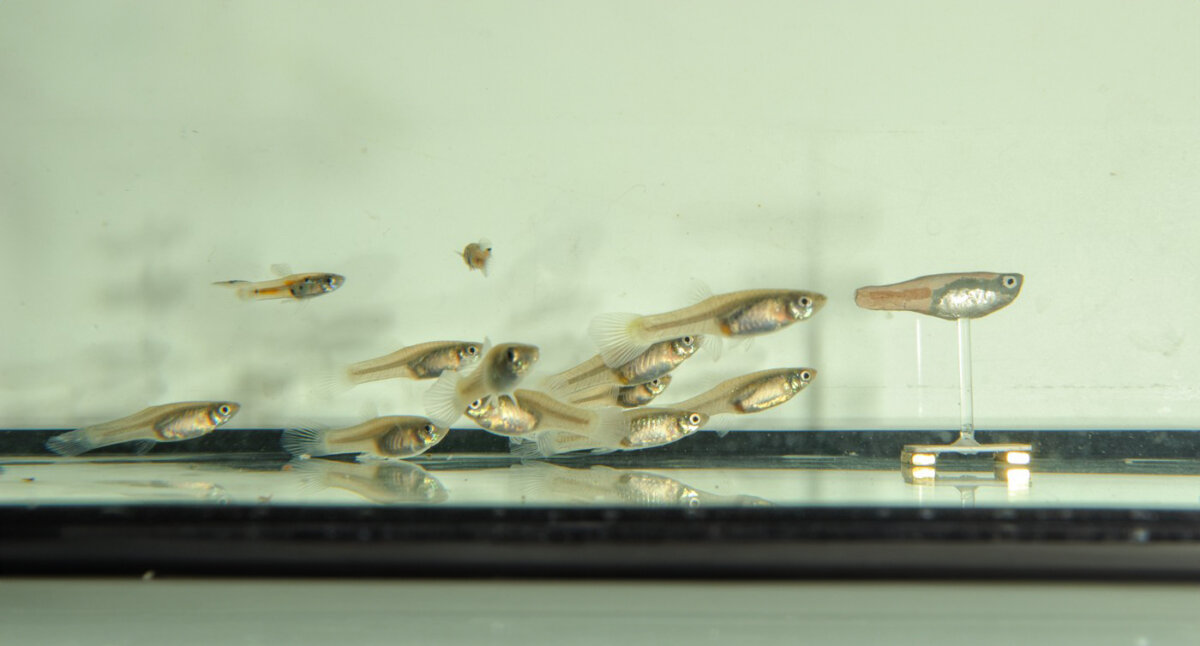The Science of Intelligence cluster of excellence makes research manifest in the HU’s exhibition areas at the Humboldt Forum.
On average, clusters funded by the excellence strategy of Germany’s federal state governments receive about € 6.75 million a year. From 2021 visitors to the Humboldt-Universität zu Berlin (HU) exhibition in the Humboldt Forum can see what research the seven interdisciplinary projects in Berlin alone are engaged in.
“Most people probably don’t have a clear idea of what a cluster of excellence is. Our aim is to explain what characterises top-level research and what it is working on,” says Dr Gorch Pieken, curator of the exhibition. All Berlin clusters of excellence in which scientists from the three Berlin universities and Charité work are involved in the exhibition. The cluster will present themselves in the 150 square metre foyer, Pieken explains.
Interdisciplinary Approach to Research
They include the . Since January 2019 about 20 scientists from Berlin and Potsdam have been involved – including experts in robotics, biology, the neurosciences, psychology, philosophy and educational sciences. The aim of the interdisciplinary team is to conduct research into the complex phenomenon of “intelligence”. “We must start by practising interdisciplinary work because some of us use entirely different terminologies,” says SCIoI’s Prof. Dr. Christa Thöne-Reineke. She is head of the Department of Animal Welfare, Animal Behaviour and Laboratory Animal Science at the Freie Universität Berlin (FU) where her research focus is on the behaviour of mice. Encounters with different ways of thinking lead to lively discussions, but controversies are a part of the concept. “We want to train a new generation of scientists who think along much more interdisciplinary lines from the outset,” she says.
The cluster’s scientists aim to understand the natural intelligence of animals and to put their findings to practical use. The mechanisms that animals use to arrive at collective decisions have evolved over a long period, says Dr Pawel Romanczuk of the HU’s Department of Biology. His work for the Science of Intelligence cluster is on the connection between behavioural biology and synthetic sciences such as robotics. „“Algorithms for collective decision-making processes can be developed from the behaviour of animals,” he says. Findings could, for example, be used to improve medical diagnoses.
Ethical issues such as arise in medical contexts are taken into consideration from the start in the cluster’s work, Christa Thöne-Reineke says. The participation of experts in ethics or educational sciences means that possible repercussions on society are constantly discussed.
Information about “Artificial Intelligence”
The exhibition in the Humboldt Forum offers the clusters an opportunity to explain their work and talk with visitors. “We are greatly looking forward to that,” says Dr Romanczuk. Artificial intelligence is a big issue in the media. “But it is often characterised by ignorance and fears. We want to do some explaining,” the biologist says. It is important not to leave research to actors such as Google, Amazon and Facebook. “They are working on it in any case – with a lot of money and without any societal control.”
Together with the curators the cluster is working on making research tangible – and to supplement the exhibition, parallel to their own research, with interactive experiments on collective decision-making processes. When visitors guess the number of pieces of chewing gum in a jar they can compete with others, Romanczuk says. “And you can see that the swarm often makes better decisions than the individual.”
Insights into the Swarm Behaviour of Animals
At the entrance to the exhibition, visitors are welcomed by a gigantic shoal of fish and by the sound of splashing water. The fish are projected onto a curtain twelve metres wide and six metres high. The shoal reacts to people, Pieken explains. “It reacts hectically or in panic to a large influx of visitors, but then calms down again” – which shows that our behaviour can influence the lives of others, the curator says.
About three million people a year are expected to visit the Humboldt Forum. “We think the exhibition is so exciting that many of them will make a detour to visit us,” says the curator, sounding a note of conviction. “I think that the clusters reflect what moves society.”
